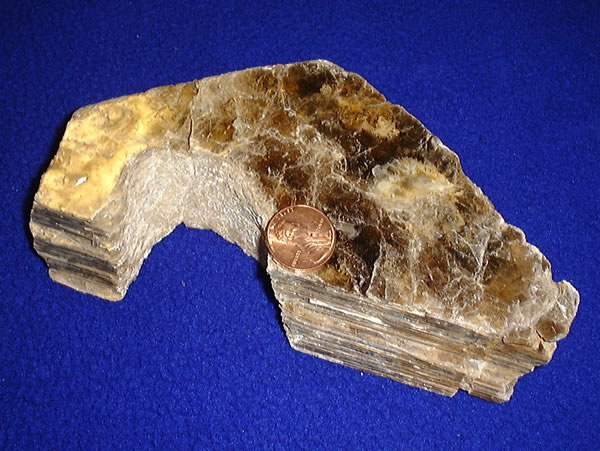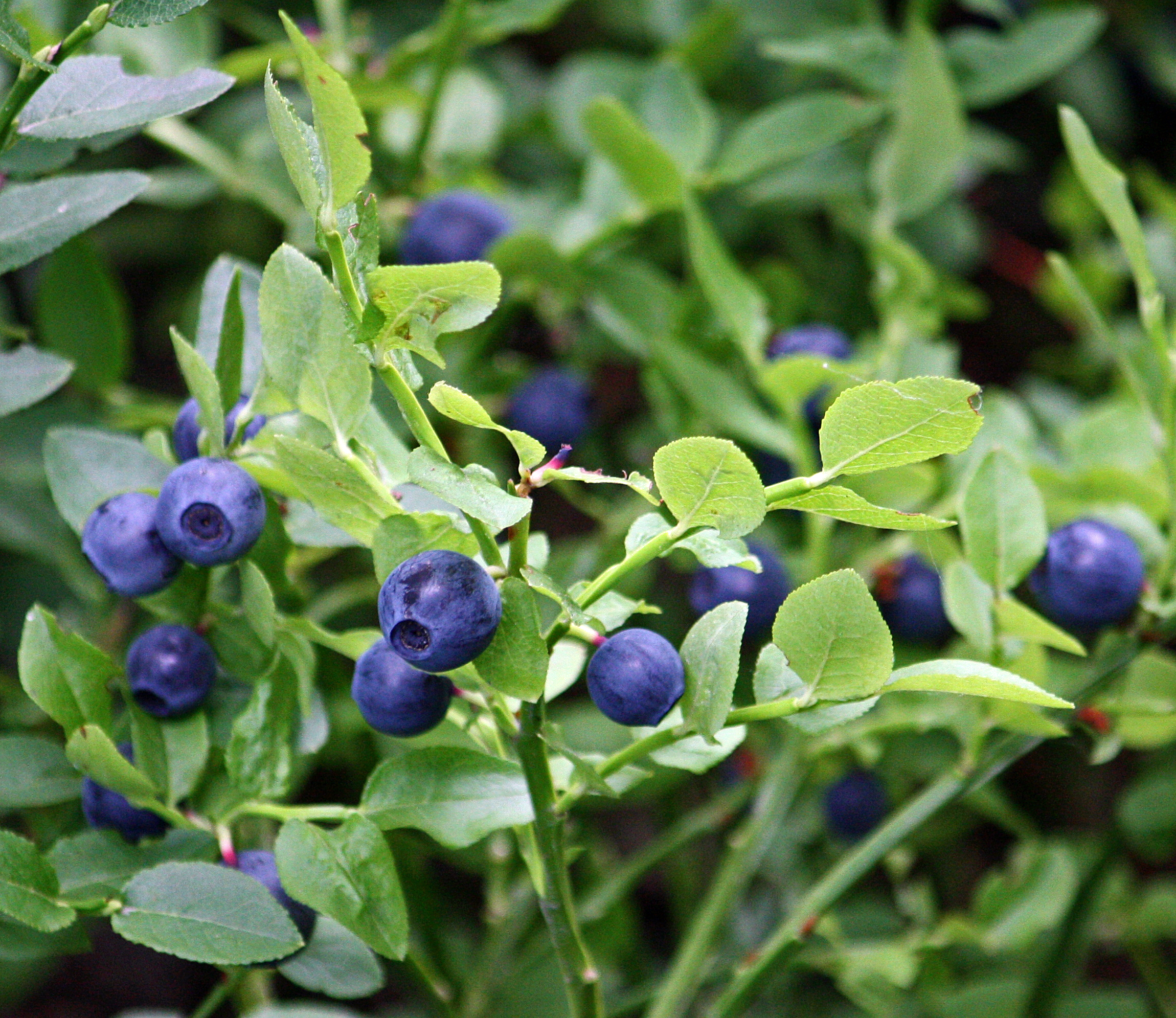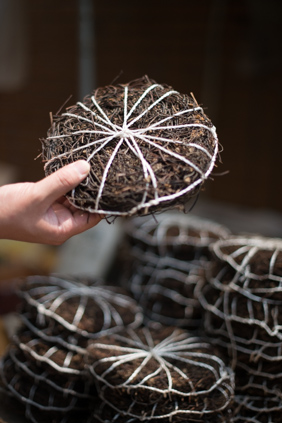|
Javořice2007
Javořice () is a mountain in the Javořice Highlands (Moravia), Javořice Highlands mountain range within the Bohemian-Moravian Highlands in the Czech Republic. With an elevation of , it is the highest mountain of the Bohemian-Moravian Highlands and of the Vysočina Region. It is located near the border between the historical lands of Bohemia and Moravia, right on trace where runs line of main European drainage divide (which runs on southern slope). History The first construction on the mountain was a simple cabin in 1925 as refuge for mountain hikers. Geology The entire massif consists mainly by Moldanubian Zone, moldanubic, i.e. series of rocks generated during sedimentation in Precambrian, precambric sea and wrinkled later into mountain chains and composed of crystalline slates and gneiss (a metamorphic rock with foliations), mica schicht and quartzite. The summit is a round and smooth. Flora The summit is forested by mixed mainly spruce forest, with some pines, birches a ... [...More Info...] [...Related Items...] OR: [Wikipedia] [Google] [Baidu] |
Vysočina Region
The Vysočina Region (; ) is an administrative unit () of the Czech Republic. Its capital is Jihlava. The region is located in the central part of the country. It is one of just three in the country (the others being Prague and the Central Bohemian Region) which does not have a border with a foreign country. The Vysočina Region is home to three UNESCO World Heritage Sites, the most in any region in the Czech Republic. Administrative divisions The Vysočina Region is divided into 5 districts: On a lower level, the region has 704 municipalities, second-most in the country behind the Central Bohemian Region. Geography The region is located in the central part of the Czech Republic, partly in the southeast of the historical region of Bohemia and partly in the southwest of the historical region of Moravia. The entire Vysočina Region is located in the nature region of Bohemian-Moravian Highlands, from whose colloquial name ''vysočina'' (meaning "the highlands") the region got ... [...More Info...] [...Related Items...] OR: [Wikipedia] [Google] [Baidu] |
Mica
Micas ( ) are a group of silicate minerals whose outstanding physical characteristic is that individual mica crystals can easily be split into fragile elastic plates. This characteristic is described as ''perfect basal cleavage''. Mica is common in igneous and metamorphic rock and is occasionally found as small flakes in sedimentary rock. It is particularly prominent in many granites, pegmatites, and schists, and "books" (large individual crystals) of mica several feet across have been found in some pegmatites. Micas are used in products such as drywalls, paints, and fillers, especially in parts for automobiles, roofing, and in electronics. The mineral is used in cosmetics and food to add "shimmer" or "frost". Properties and structure The mica group comprises 37 phyllosilicate minerals. All crystallize in the monoclinic system, with a tendency towards pseudohexagonal crystals, and are similar in structure but vary in chemical composition. Micas are translucent to opa ... [...More Info...] [...Related Items...] OR: [Wikipedia] [Google] [Baidu] |
Bilberry
Bilberries () are Eurasian low-growing shrubs in the genus ''Vaccinium'' in the flowering plant family Ericaceae that bear edible, dark blue berries. They resemble but are distinct from North American blueberries. The species most often referred to is ''Vaccinium myrtillus'' L., but the term describes several other closely related species. Etymology and regional names The name "bilberry" appears to have a Scandinavian languages, Scandinavian origin, possibly from as early as 1577, being similar to the Danish word ''bølle'' for whortleberry with the addition of "berry". In Scandinavian languages, terms for bilberries have names that carry the meaning "blueberry": e.g. ''blåbär'' in Swedish and ''blåbær'' in Danish and Norwegian. The bilberry (especially ''Vaccinium myrtillus'') is generally known as blaeberry in Scottish and Northern English regional dialects, and whortleberry in southern England. Description Bilberries—which are native to Europe—are dif ... [...More Info...] [...Related Items...] OR: [Wikipedia] [Google] [Baidu] |
Gymnocarpium Dryopteris
''Gymnocarpium dryopteris'', the western oakfern, common oak fern, oak fern, or northern oak fern, is a deciduous fern of the family Cystopteridaceae. It is widespread across much of North America and Eurasia. It has been found in Canada, the United States, Greenland, China, Japan, Korea, Russia, and most of Europe. It is a seedless, vascular plant (with xylem and phloem) that reproduces via spores (not seeds or flowers) and have a life cycle with alternating, free-living sporophyte and gametophyte phases. Description ''Gymnocarpium dryopteris'' has small, delicate fronds up to 40 cm (16 inches) long, with ternately-compound pinnae (leaves). Fronds occur singly. Each petiole grows from one node on a creeping rhizome. Fronds occur singly. On the underside of matured pinnae the naked sori can be found (the Latin generic name ''gymnocarpium'' means "with naked fruit"). The species grows in coniferous woodlands and on shale talus slopes. Despite its common name, ''Gymno ... [...More Info...] [...Related Items...] OR: [Wikipedia] [Google] [Baidu] |
Bracken
Bracken (''Pteridium'') is a genus of large, coarse ferns in the family (biology), family Dennstaedtiaceae. Ferns (Pteridophyta) are vascular plants that undergo alternation of generations, having both large plants that produce spores and small plants that produce gamete, sex cells (eggs and sperm) in its life cycle. Brackens are noted for their large, highly divided leaves. They are found on all continents except Antarctica and in all environments except deserts, though their typical habitat is moorland. The genus probably has the widest distribution of any fern in the world. The word ''bracken'' is of Old Norse origin, related to Swedish ''bräken'' and Danish ''bregne'', both meaning fern. In the past, the genus was commonly treated as having only one species, ''Pteridium aquilinum'', but the recent trend is to subdivide it into about ten species. Like other ferns, brackens do not have seeds or fruit, but reproduce by spores. The immature fronds, known as ''fiddleheads'', ar ... [...More Info...] [...Related Items...] OR: [Wikipedia] [Google] [Baidu] |
False Lily Of The Valley '', also known as snakeberry and two-leaved Solomon's seal, native to western North America and Asia across the Kamchatka Peninsula, Japan, and Korea
{{Plant common name ...
False lily of the valley may refer to: * '' Maianthemum bifolium'' also known as May lily, native from western Europe east to Siberia, China and Japan * '' Maianthemum canadense'', also known as Canadian May-lily, Canada Mayflower, Canadian Lily-of-the-valley, Wild Lily-of-the-valley, or Two-leaved Solomonseal, native to the sub-boreal conifer forests in Canada and the northern United States * ''Maianthemum dilatatum ''Maianthemum dilatatum'' (snakeberry, two-leaved Solomon's seal or false lily of the valley) is a common rhizomatous perennial flowering plant that is native to western North America from northern California to the Aleutian islands, and Asia acr ... [...More Info...] [...Related Items...] OR: [Wikipedia] [Google] [Baidu] |
Maple
''Acer'' is a genus of trees and shrubs commonly known as maples. The genus is placed in the soapberry family Sapindaceae.Stevens, P. F. (2001 onwards). Angiosperm Phylogeny Website. Version 9, June 2008 nd more or less continuously updated since http://www.mobot.org/MOBOT/research/APweb/. There are approximately 132 species, most of which are native to Asia, with a number also appearing in Europe, northern Africa, and North America. Only one species, '' Acer laurinum'', extends to the Southern Hemisphere.Gibbs, D. & Chen, Y. (2009The Red List of Maples Botanic Gardens Conservation International (BGCI) The type species of the genus is the sycamore maple ''Acer pseudoplatanus'', one of the most common maple species in Europe.van Gelderen, C. J. & van Gelderen, D. M. (1999). '' Maples for Gardens: A Color Encyclopedia'' Most maples usually have easily identifiable palmate leaves (with a few exceptions, such as '' Acer carpinifolium'', '' Acer laurinum'', and '' Acer negundo'' ... [...More Info...] [...Related Items...] OR: [Wikipedia] [Google] [Baidu] |
Birch
A birch is a thin-leaved deciduous hardwood tree of the genus ''Betula'' (), in the family Betulaceae, which also includes alders, hazels, and hornbeams. It is closely related to the beech- oak family Fagaceae. The genus ''Betula'' contains 30 to 60 known taxa of which 11 are on the IUCN 2011 Red List of Threatened Species. They are typically short-lived pioneer species and are widespread in the Northern Hemisphere, particularly in northern areas of temperate climates and in boreal climates. Birch wood is used for a wide range of purposes. Description Birch species are generally small to medium-sized trees or shrubs, mostly of northern temperate and boreal climates. The simple leaves are alternate, singly or doubly serrate, feather-veined, petiolate and stipulate. They often appear in pairs, but these pairs are really borne on spur-like, two-leaved, lateral branchlets. The fruit is a small samara, although the wings may be obscure in some species. They differ from t ... [...More Info...] [...Related Items...] OR: [Wikipedia] [Google] [Baidu] |
Pine
A pine is any conifer tree or shrub in the genus ''Pinus'' () of the family Pinaceae. ''Pinus'' is the sole genus in the subfamily Pinoideae. ''World Flora Online'' accepts 134 species-rank taxa (119 species and 15 nothospecies) of pines as current, with additional synonyms, and ''Plants of the World Online'' 126 species-rank taxa (113 species and 13 nothospecies), making it the largest genus among the conifers. The highest species diversity of pines is found in Mexico. Pines are widely species distribution, distributed in the Northern Hemisphere; they occupy large areas of boreal forest, but are found in many habitats, including the Mediterranean Basin, and dry tropical forests in southeast Asia and Central America. Wood from pine trees is one of the most extensively used types of timber, and some pines are widely used as Christmas trees. Description Pine trees are evergreen, coniferous resinous trees (or, rarely, shrubs) growing tall, with the majority of species reachin ... [...More Info...] [...Related Items...] OR: [Wikipedia] [Google] [Baidu] |
Quartzite
Quartzite is a hard, non- foliated metamorphic rock that was originally pure quartz sandstone.Essentials of Geology, 3rd Edition, Stephen Marshak, p 182 Sandstone is converted into quartzite through heating and pressure usually related to tectonic compression within orogenic belts, and hence quartzite is a metasandstone. Pure quartzite is usually white to grey, though quartzites often occur in various shades of pink and red due to varying amounts of hematite. Other colors, such as yellow, green, blue and orange, are due to other minerals. The term ''quartzite'' is also sometimes used for very hard but unmetamorphosed sandstones that are composed of quartz grains thoroughly cemented with additional quartz. Such sedimentary rock has come to be described as orthoquartzite to distinguish it from metamorphic quartzite, which is sometimes called metaquartzite to emphasize its metamorphic origins. Quartzite is very resistant to chemical weathering and often forms ridges and resist ... [...More Info...] [...Related Items...] OR: [Wikipedia] [Google] [Baidu] |
Gneiss
Gneiss (pronounced ) is a common and widely distributed type of metamorphic rock. It is formed by high-temperature and high-pressure metamorphic processes acting on formations composed of igneous or sedimentary rocks. This rock is formed under pressures ranging from 2 to 15 kbar, sometimes even more, and temperatures over 300 °C (572 °F). Gneiss nearly always shows a banded texture characterized by alternating darker and lighter colored bands and without a distinct Cleavage (geology), cleavage. Gneisses are common in the ancient crust of Continental Shield, continental shields. Some of the oldest rocks on Earth are gneisses, such as the Acasta Gneiss. Description image:Orthogneiss Geopark.jpg, Orthogneiss from the Czech Republic In traditional English and North American usage, a gneiss is a coarse-grained metamorphic rock showing compositional banding (gneissic banding) but poorly developed schistosity and indistinct Cleavage (geology), cleavage. In other words, it i ... [...More Info...] [...Related Items...] OR: [Wikipedia] [Google] [Baidu] |






